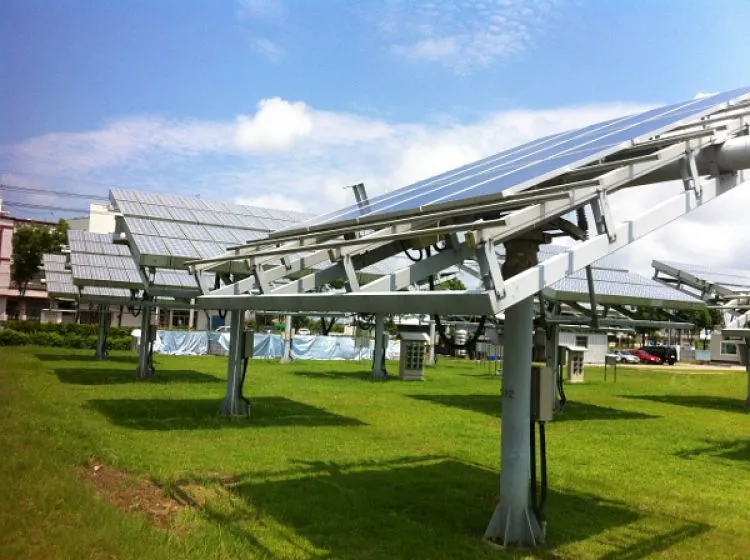Energy Taiwan 2019 Talk: JNV Solar Power
Nov 1, 2019 08:23 PM ET

JNV Solar Power has added its name to the service providers working to seize the window opened by Taiwan’s solar ambitions, PV Tech heard at last month’s Energy Taiwan 2019.
Speaking on the sidelines of the 16-18 October trade show, general manager Leanne Wong walked this publication through the firm’s plans to majorly expand its business off the back of Taiwan’s steep solar growth goals, meant to boost installed capacity from the current 3.4GW to around 20GW by 2025.
Interviewed only hours after Taiwan government figures went on stage to talk up the solar targets, Wong said JNV wants to grow to provide O&M services to a 1GW solar portfolio. “We now service 20MW but our hope is to reach 200MW already by the end of next year,” she commented.
According to Wong, JNV entered the solar market three years ago and offers today asset management services to clients via its proprietary platform. The system, she said, does not only flag installation incidents but also helps project owners keep tabs on energy use.
“The goal of our technology is to help our clients learn where they’re wasting most energy and improve their efficiency and performance,” Wong explained. “The areas where energy waste is biggest tend to be lighting and air conditioning.”
According to JNV’s general manager, the firm’s client base features names from Japan and Singapore but contracts from Taiwanese firms are on the rise. As the island’s solar market grows in size and sophistication, Wong expects the pipeline of work to become more diverse.
“The past three years it’s mostly been rooftop and ground-mounted installations but starting next year, I think you’ll see a totally different picture,” she predicted. “For example, there will be projects in combination with farming and a rise in floating solar installations.”
Huawei’s help and word-of-mouth to outrun O&M rivals
Quizzed at Energy Taiwan 2019 over JNV’s component choices, Wong explained the firm has tried several inverter suppliers over the years but ended up settling for Huawei’s. JNV, she added, also routinely uses Huawei’s O&M monitoring system in combination with its very own.
“Using both means we can quickly spot problems in solar plants and send our workers to the location in question,” Wong said. “We see Huawei as our long-term, innovative partner – their inverters incorporate advanced technologies such as AI and have proved very reliable. Every year they surprise us with new functionalities that help us solve problems.”
According to JNV’s general manager, the O&M specialist has to date serviced solar installations in the 70kW-to-2MW capacity range. The work, she noted, will become tougher as Taiwanese projects balloon in size and shift from rooftops to the ground-mounted segment.
Adding to the complexity is Taiwan’s abrupt geography – with land scarcity pushing projects to tough, sloping terrain – soiling from birds and often-severe natural hazards. The taking out of full insurance packages for earthquakes and typhoons is a necessity on the island, Wong said.
As JNV takes up positions to reap a slice of Taiwan’s O&M opportunity, the firm is finding word-of-mouth is helping, Wong added. “Clients are now coming to us on their own initiative and saying they need assistance with projects as they’ve never had any help with O&M,” she noted.
The Taipei firm is now hoping its credentials as one of Taiwan’s few pureplay O&M operators will help outrun rivals, Wong explained. “Clients can trust us because we don’t do any construction,” she added. “The advice we give them and their EPC contractors will always be neutral.”
At Energy Taiwan 2019, JNV was only one of many firms looking to drum up business at an era of solar growth. Interviews onsite highlighted the industry’s skepticism about Taiwan’s downstream PV ambitions, as well as PV makers’ efforts to weather harsh competition against mainland China.
Also read

